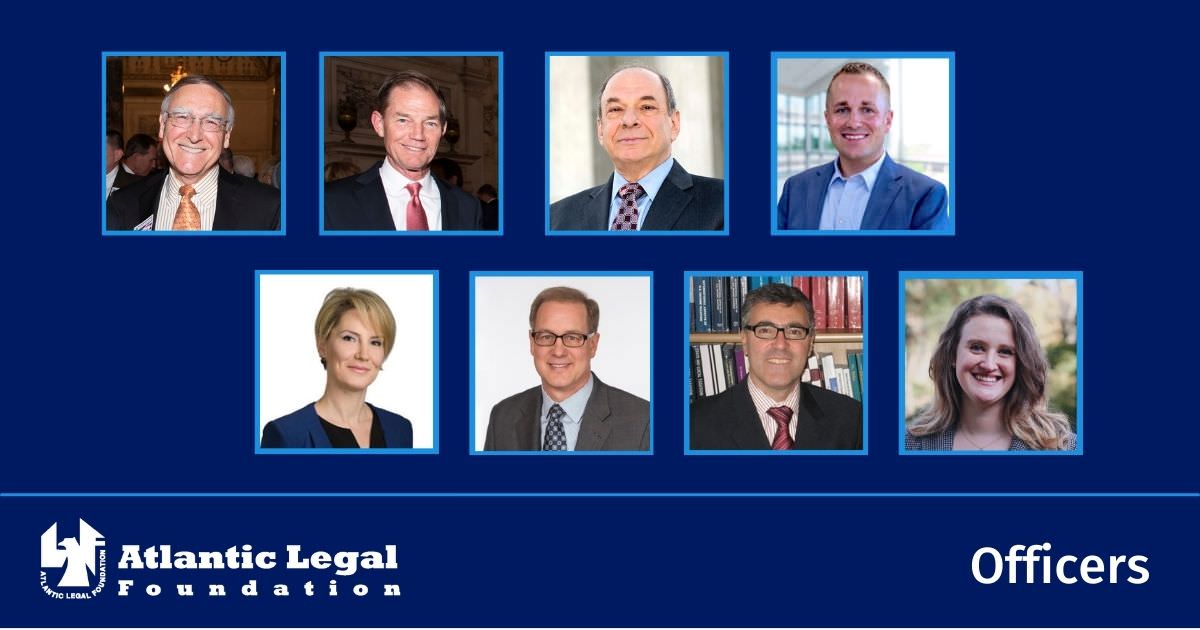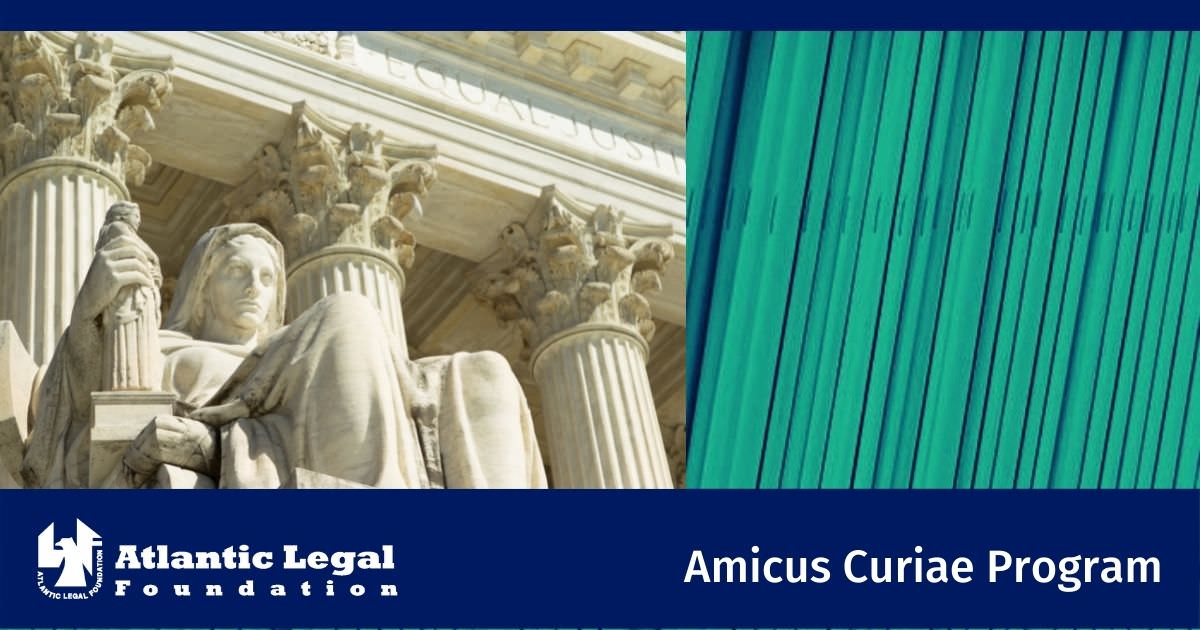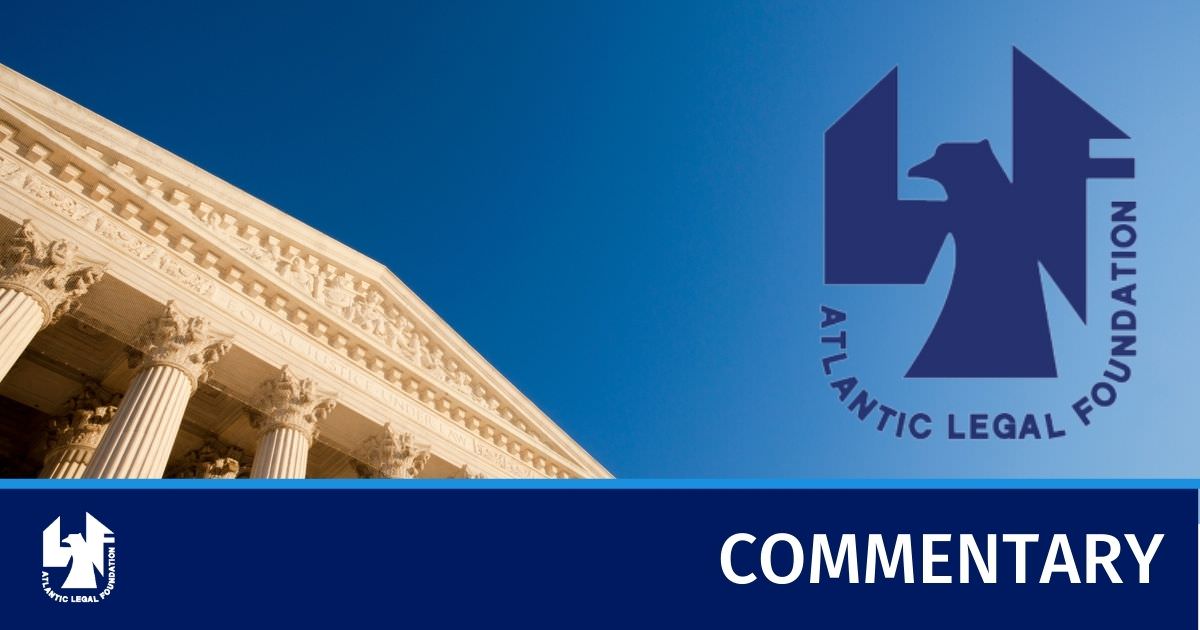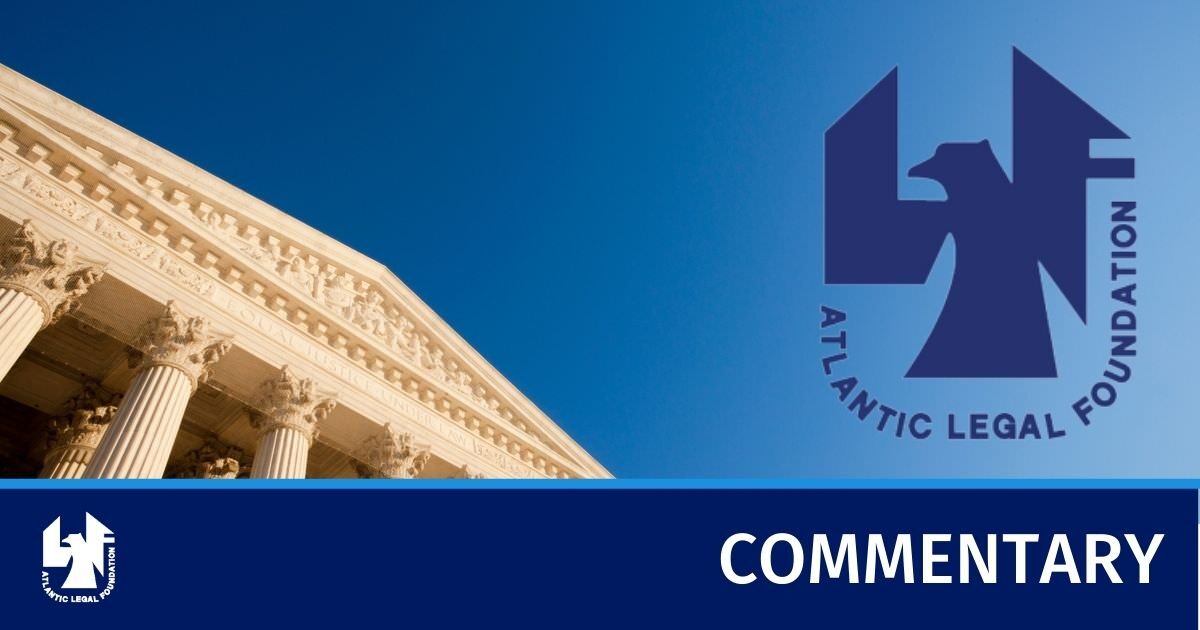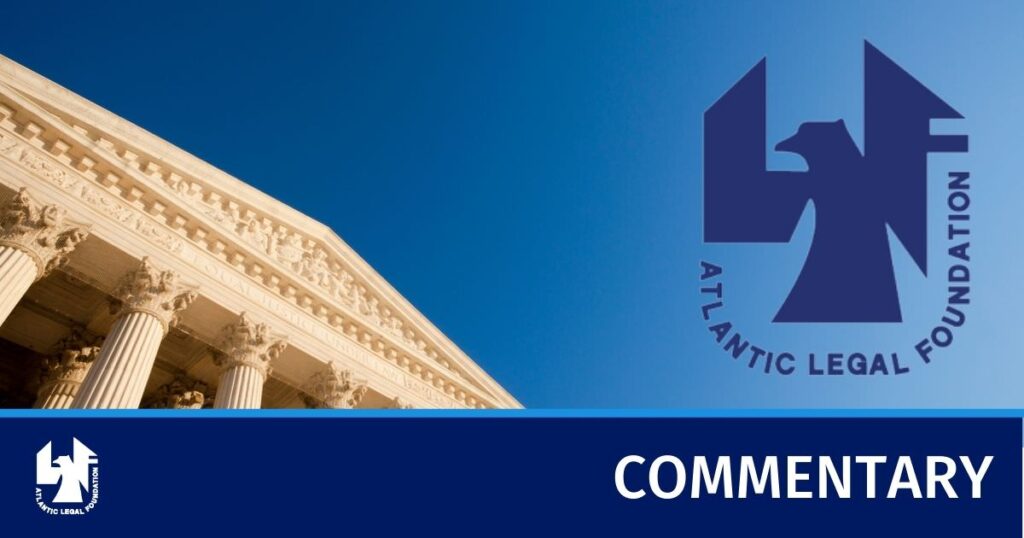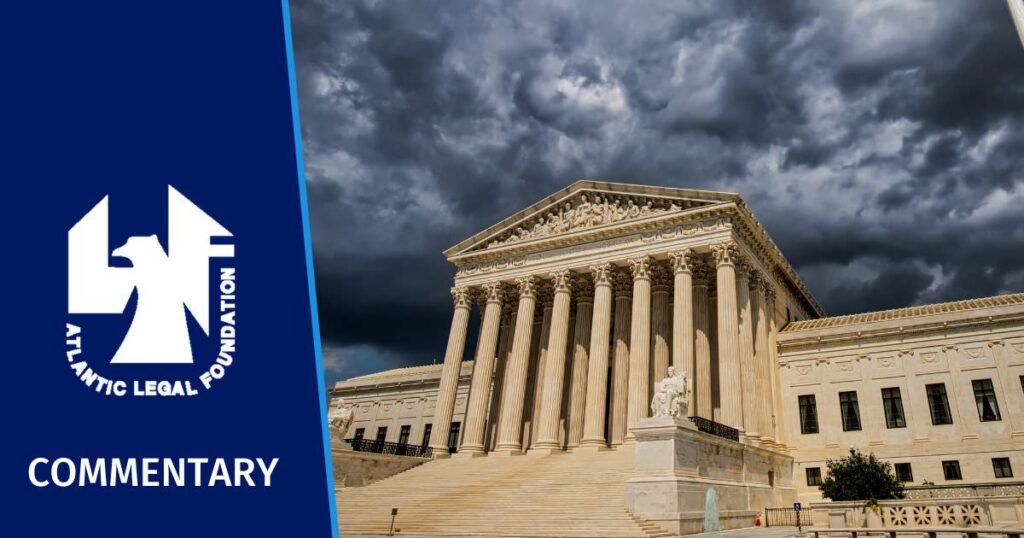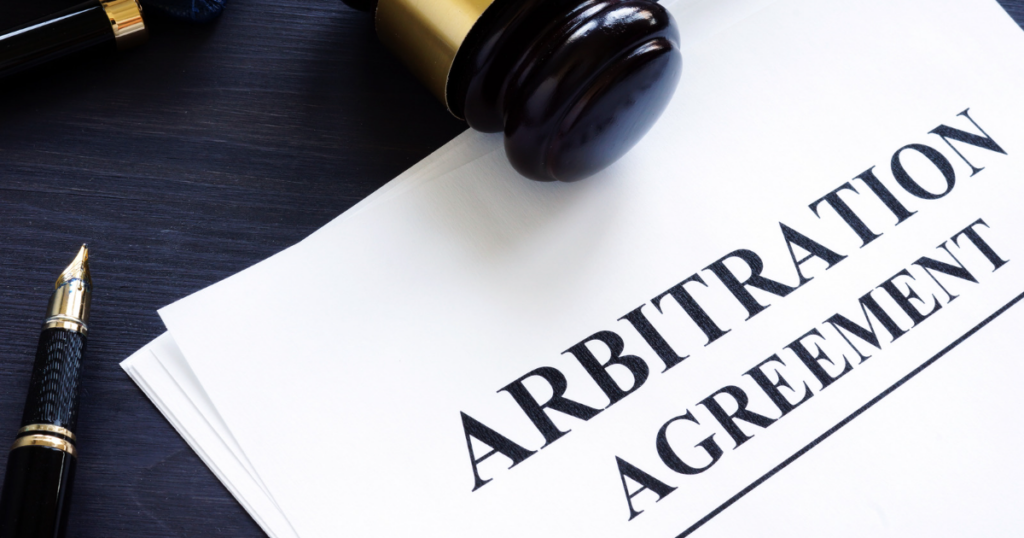by Lawrence S. Ebner
Executive Vice President & General Counsel
Multi-faceted regulation of U.S. businesses and industries for the ostensible purpose of preventing, mitigating, or remediating “man-made climate change” is one of the biggest threats confronting free enterprise today. It is a subject which not only requires the application of sound science, but also one that should be left to the political branches of the federal government—Congress and the Executive Branch—not to federal or state courts. Nonetheless, a tsunami wave of climate change-related lawsuits has been inundating the dockets of federal and state courts. These include two dozen state-law tort actions filed by state or local governments collectively seeking billions of dollars in damages from numerous multinational fossil-fuel energy companies for the climate change-related ecological and property damage that their production, promotion, and sale of fossils fuels (e.g., oil; natural gas) supposedly have caused.
Most of these damages suits, whose carefully worded complaints purport to be limited to garden-variety state-law causes of action for nuisance and trespass, have been filed in state trial courts. The defendant energy companies have been largely unsuccessful in removing the suits to federal district courts. One such case, BP p.l.c. v. Mayor & City Council of Baltimore, No. 19-1189, is awaiting decision by the Supreme Court. It involves the scope of appellate review under 28 U.S.C. § 1447(d) where a case has been remanded from federal to state court following removal in part on “federal officer” grounds under 28 U.S.C. § 1442(a)(1).
As the Atlantic Legal Foundation (ALF) explained in the amicus brief that it submitted to the Supreme Court in BP v. Baltimore, the real issue in that case, an issue which the Court may or may not discuss, is where do climate change-related state-law damages suits belong—if anywhere: in federal courts or in state courts?
In a far-reaching opinion issued on April 1, 2021, the U.S. Court of Appeals for the Second Circuit has answered this question in City of New York v. Chevron Corp.: “Stripped to its essence . . . the question before us is whether a nuisance suit seeking to recover damages for the harms caused by global greenhouse gas emissions may proceed under New York law. Our answer is simple: no.” Opinion at 20.
The court of appeals held that municipalities cannot “utilize state tort law to hold multinational oil companies liable for the damages caused by global greenhouse gas emissions.” Id. at 5. The court explained that “[global warming presents a uniquely international problem of national concern” and is “the subject of numerous federal statutory regimes and international treaties . . . laws [that] provide interlocking frameworks for regulating greenhouse gas emissions.” Id. at 6. “Given the nature of the harm and the existence of a complex web of federal and international environmental law regulating such emissions,” global warming is “not well-suited to the application of state law.” Id. at 4, 5.
Unlike the Baltimore case and similar suits brought by other local governments, the Second Circuit was able to address the question of whether climate change damages suits are justiciable. This is because New York City filed its action in federal court, not state court. As a result, there was no removal issue in the New York City case. See id. at 25 & n.6.
The principal arguments that ALF raised in its BP v. Baltimore amicus brief align with the Second Circuit’s opinion in City of New York v. Chevron. For example, ALF argued that no matter how creatively pleaded, suits that seek damages or other remedies for the “local’ effects of global climate change necessarily implicate federal law. The Second Circuit held that New York City’s state-law tort claims are “displaced by federal common law.” Id. at 15. The court explained that “[a]rtful pleading cannot transform the City’s complaint into anything other than a suit over global greenhouse gas emissions.” Id. at 20. “[T]he City intends to hold the Producers liable, under New York law, for the effects of emissions made around the globe over the past several hundred years . . . . Such a sprawling case is simply beyond the limits of state law.” Id. at 21-22.
ALF also argued in its amicus brief that climate change-related state tort claims implicate federalism concerns, including “interstate federalism”—the co-equal status of each State under the Constitution. Consistent with this view, the Second Circuit’s opinion indicates that climate change “is an interstate matter raising significant federalism concerns.” Id. at 23.
In addition, ALF suggested that climate change damages suits may implicate separation of powers concerns, specifically, that regulation of greenhouse gas emissions is a matter for Congress and the Executive Branch, not for the courts. The Second Circuit held that “[f]or many of the same reasons that federal common law preempts state law, the Clean Air Act displaces federal common law claims concerned with domestic greenhouse gas emissions.” Id. at 29. In other words, the court of appeals held that New York City’s suit is displaced by the legislative actions of Congress, reflected in the Clean Air Act, and by its implementation through Executive Branch rulemaking.
Importantly, the opinion explains that “t]o permit this suit to proceed under state law would further risk upsetting the careful balance that has been struck between the prevention of global warming, a project that necessarily requires national standards and global participation, on the one hand, and energy production, economic growth, foreign policy, and national security, on the other.” Id. at 25.
It remains to be seen what impact, if any, the Second Circuit’s decision will have on the Supreme Court’s pending opinion in BP v. Baltimore, or whether New York City will seek Supreme Court review of the Second Circuit’s decision. But one thing is for certain: The Second Circuit’s opinion in City of New York v. Chevron is an important step in the right direction because it holds that courts cannot entertain damages suits as a way of regulating, deterring, or requiring compensation for the alleged climate change-inducing activities of fossil-fuel energy companies.
[Image from The Day After Tomorrow]

